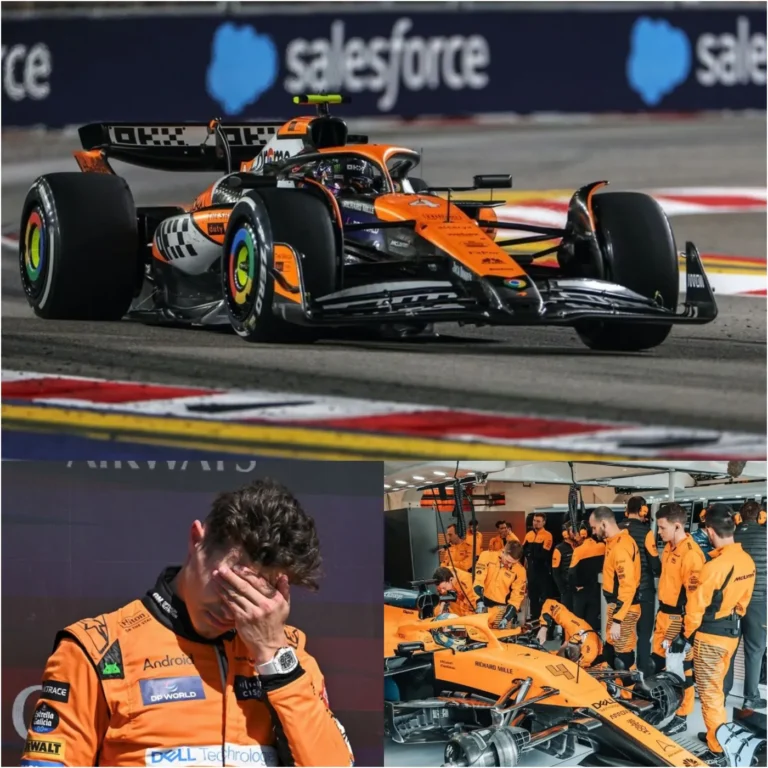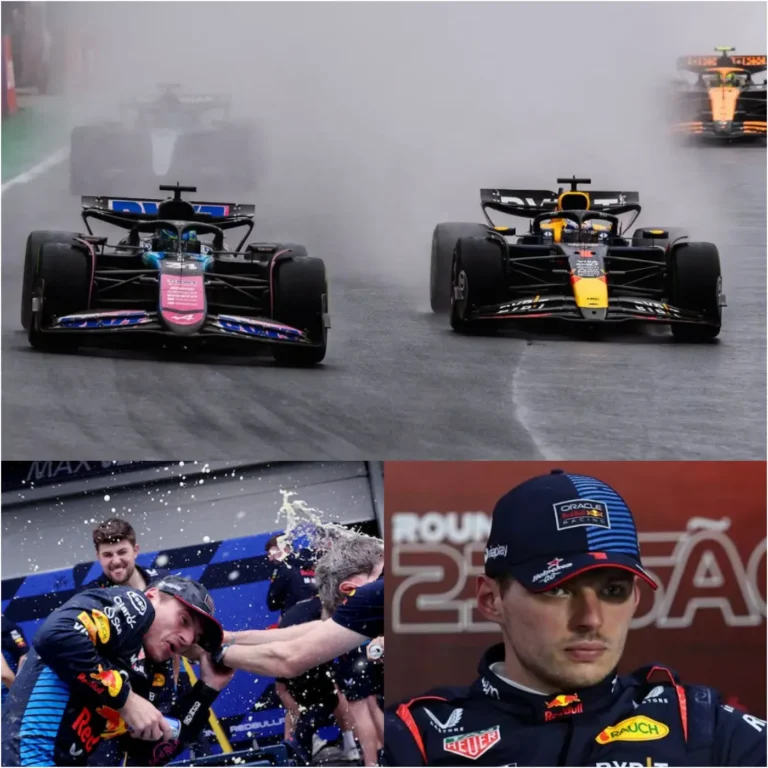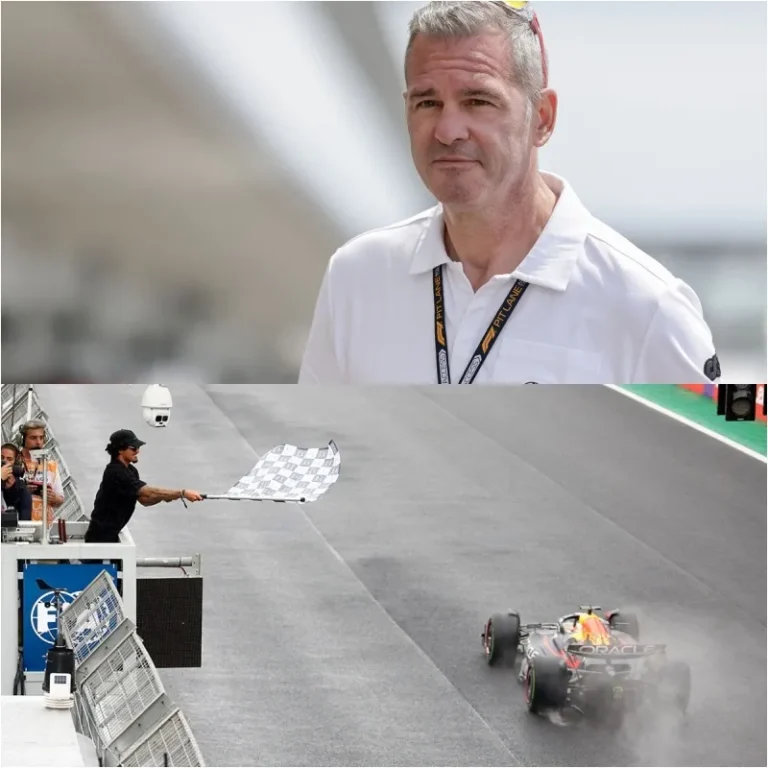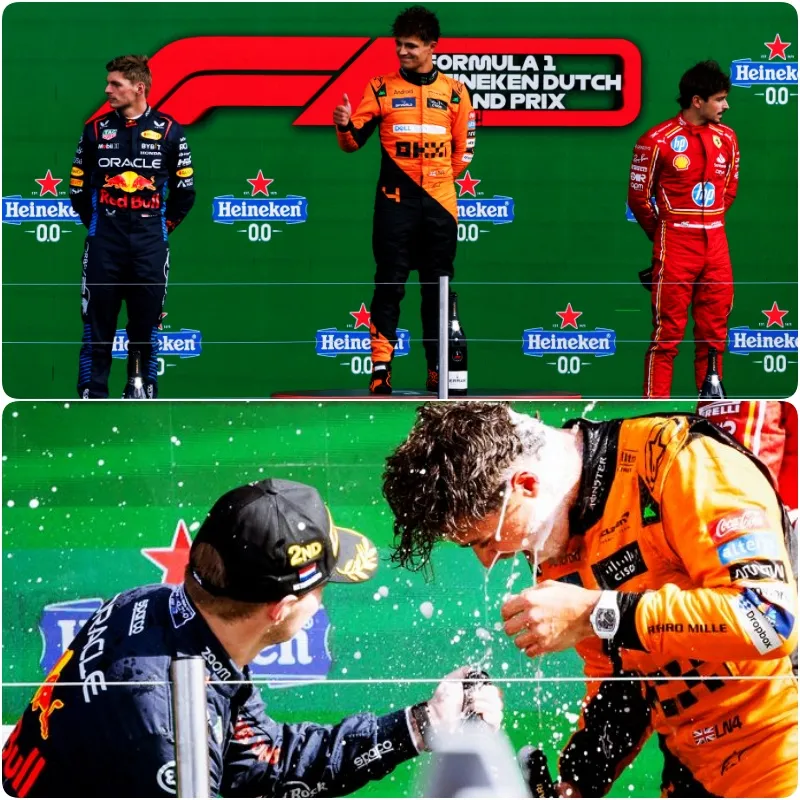
Why Did Verstappen Fall Behind Norris by Such a Wide Margin at the Dutch Grand Prix?
Max Verstappen, the Dutch F1 driver, finished nearly 23 seconds behind Lando Norris at the Dutch Grand Prix, unable to address the weaknesses of his RB20 and struggling with an incorrect car setup.
On August 25th, completing 72 laps at Zaandvoort in 1 hour, 30 minutes, and 45.519 seconds, Norris crossed the finish line 22.896 seconds ahead of Verstappen. This was the largest gap between the top two finishers in any F1 race this season. It was a surprising outcome, especially considering Verstappen led Norris for nearly 20 laps and it marked Verstappen’s first loss at the Dutch Grand Prix since Zandvoort returned to the F1 calendar in 2021.
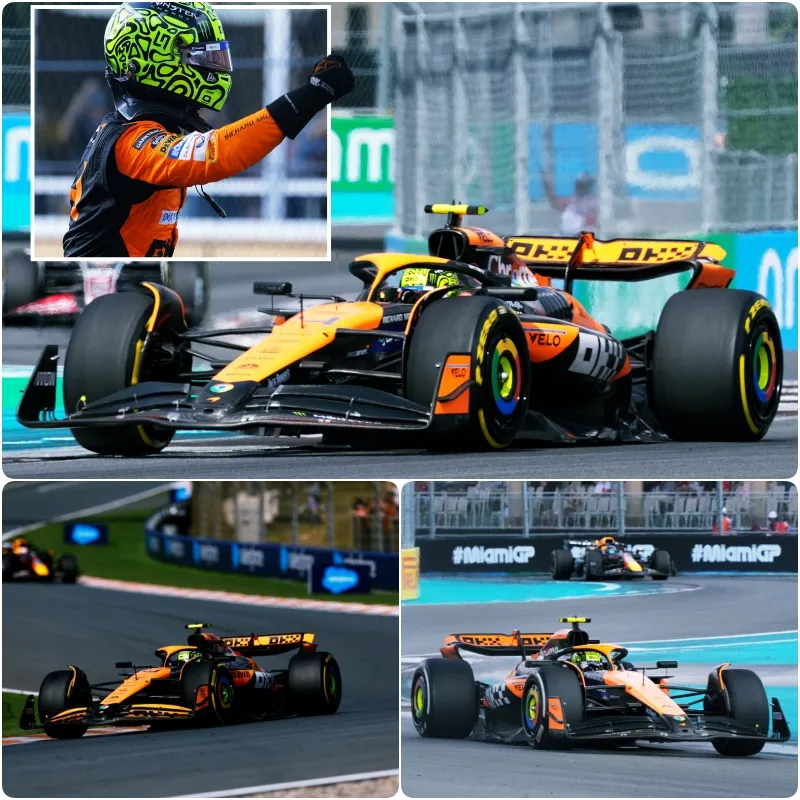
After the race, Norris praised the performance of the MCL38. The British driver said, “The car had incredible speed, always allowing me to accelerate when needed. I quickly noticed the gap with my competitors, as Max couldn’t accelerate to break away. Over time, we became faster. Everything was clear by around lap six or seven.”
McLaren team principal Andrea Stella agreed with Norris and noticed their superiority from around lap 15. “When the difference became apparent, we no longer had to worry about being jumped by competitors as it could be easily managed with a pass on track,” he said.
Norris’s pass on Verstappen on lap 18 was made easier because Red Bull’s car was set up with a downforce-focused rear wing similar to the one used in Monaco. Consequently, Verstappen was vulnerable to attacks as Norris quickly closed the gap by exploiting Verstappen’s rapidly degrading tires, allowing him to utilize the DRS zone effectively.
Immediately after the pass, Norris’s race engineer, Will Joseph, informed him over the radio: “We think Red Bull might try to jump back into position, but it’s okay.” McLaren was confident that the MCL38’s speed would allow them to pull away and secure a safe distance, preventing Verstappen from mounting a comeback. In reality, the reigning champion could only focus on maintaining his second place for the rest of the race.
The MCL38’s strength had been evident since McLaren upgraded their car at the Miami Grand Prix earlier in the summer. Since then, the British team had steadily surpassed their rivals and disrupted Red Bull’s dominance.

Verstappen had expressed frustration with the RB20’s speed from the start of the Dutch Grand Prix. “The whole week was like this. Things were almost unchanged from FP1 to the main race. The issues remain, and it’s very hard to address them right now. We seem to be too slow and also struggling with tire degradation,” he said.
Red Bull’s slow response to current issues is unusual compared to recent years. “There is something wrong with the car that we need to understand, and of course, we must quickly improve,” Verstappen added.
In reality, Red Bull continues to struggle with the RB20’s problems. The Austrian team admitted they are setting up their cars differently for their drivers to solve the issues with the RB20. Faced with McLaren’s recent advances, Red Bull began using a setup geared towards tire preservation to counter McLaren’s superior speed. However, at Zandvoort, tire wear was not as severe as Red Bull had anticipated. By the final lap, Norris still had enough pace to set the fastest lap and earn an extra point.
